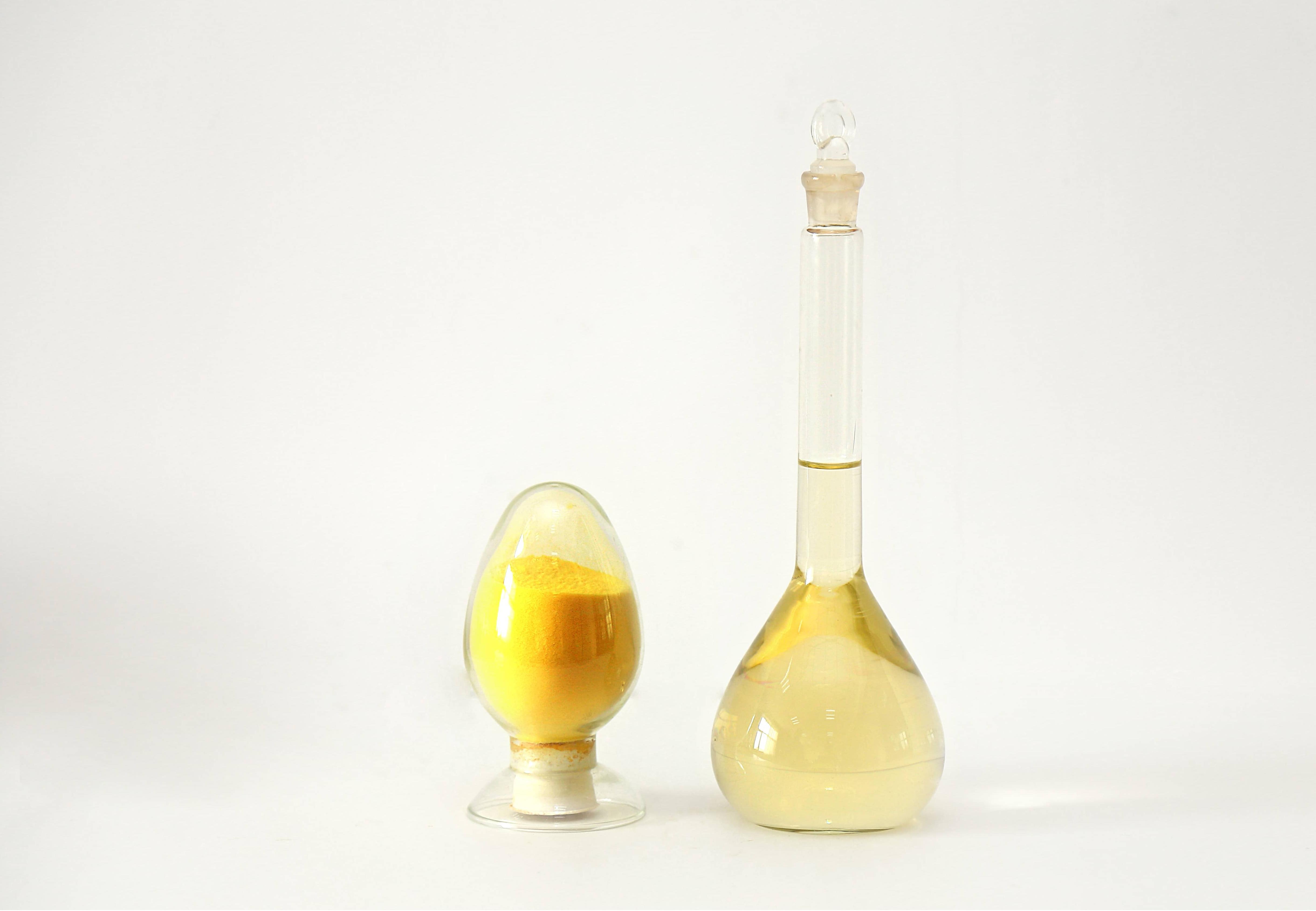Drinking water liquid polyaluminum chloride
Release time: 2025-07-12
Drinking water liquid polyaluminum chloride: the core guarantee of safe water purification
I. Definition and Core Characteristics
Drinking water-grade liquid polyaluminum chloride is a high-purity inorganic polymer coagulant specifically designed for drinking water purification. Its chemical formula is [Al₂(OH)ₙCl₆−n]m[Al₂(OH)ₙCl₆−n]m. The product strictly complies with China's "Hygienic Standard for Drinking Water" regarding heavy metal residue levels (arsenic ≤0.0005%, lead ≤0.001%) and salt base content (40%-60%). Compared to industrial-grade products, it demonstrates distinct advantages:
High purity and safety: aluminum hydroxide powder is used to react with food grade hydrochloric acid to avoid the introduction of iron, manganese and other impurities. The finished product is a colorless or light yellow transparent liquid, suitable for drinking water treatment that can be directly contacted by human body.
Efficient decolorization and turbidity removal: can quickly remove suspended solids, colloids and organic pigments in water, turbidity can be reduced to less than 0.5 NTU, decoloration rate up to 90%.
Broad spectrum pollutant removal: it has complexing and precipitation effect on toxic components such as fluoride, radioactive substances (uranium, cesium), heavy metal ions (cadmium, chromium) to ensure the safety of water.

II. Production process and raw material control
The production of drinking water liquid PAC should follow strict process standards:
Raw material selection: high purity aluminum hydroxide powder (Al (OH) ₃≥98%) and food grade hydrochloric acid are the main raw materials, and impurity containing raw materials such as aluminum ash and aluminum slag are avoided.
Core process:
- Acid-sol polymerization: aluminum hydroxide and hydrochloric acid react under pressure, and high polymer products are formed by precise temperature control (80-100℃) and maturation time (24-48 hours).
- Deep purification: plate and frame filter or membrane filtration technology is used to remove insoluble matter, ensuring that the insoluble matter in liquid PAC is less than or equal to 0.1%.
- Spray drying extension process: liquid PAC can be dehydrated in the spray tower to produce white solid products, but the liquid form eliminates the dissolution step and is more suitable for direct addition in water plants.
3. Core application scenarios
Municipal water purification: treat colloids and suspended solids in reservoir water and groundwater, reduce turbidity and inhibit the growth of microorganisms. Combined with ozone or activated carbon process, organic matter and odor can be deeply removed.
Rural drinking water project: suitable for small centralized water supply system, to solve regional water quality problems such as high fluoride water and brackish water.
Prepared with bottled water and direct drinking water: as a pretreatment agent, ensure the stable operation of subsequent reverse osmosis or ultrafiltration membrane system.
IV. Key quality control indicators
metric | Limit requirements | impact |
Alumina (Al₂O₃) content | ≥10% | The higher the content, the stronger the flocculation efficiency |
Salinity | 40%-60% | Too high will increase the aluminum residue, too low will reduce the charge neutralization ability |
Density (20℃) | 1.12-1.20 g/cm³ | Reflect the concentration of active ingredients |
lead (Pb) | ≤0.001% | Directly related to drinking water safety risks |
V. Usage specifications and operation points
Optimization of dosage: The conventional dosage is 5-40 mg/L (calculated as liquid PAC), and the best value should be determined by beaker test. Excess dosage may lead to residual aluminum ions.
Dilution and mixing: Add directly or prepare a 5%-10% solution, which needs to be stirred rapidly (200-300 rpm) to promote dispersion.
Storage and safety: Avoid contact with strong oxidants and organic solvents. Store in a cool, closed environment (valid for 6 months).
VI. Development Trends and Technological Innovation
Green production process: Explore clean production technology with solid waste such as fly ash and coal gangue as raw materials to reduce resource consumption by 35.
Composite formulation development: Develop customized PAC combined with polyacrylamide (PAM) to improve the efficiency of low temperature and low turbidity water treatment.
Aluminum residue control technology: by optimizing the salinity and polymerization degree, the soluble aluminum ions in water can be reduced to avoid long-term health risks.
Drinking water liquid polyaluminum chloride has become the core agent to ensure drinking water safety due to its high purification capacity and strict safety standards. In the future, it is necessary to further promote green production process and precise application to help achieve the goal of water quality improvement under the "healthy China" strategy.
Related Blog
Reception of philippines clients
2025-04-11 15:00
Solution of floc texture frivolous in water treatment process
2024-05-16 00:00
Drinking water liquid polyaluminum chloride
2025-07-12 09:17



